The pitch
For the beginning of my FMP we started by pitching a few ideas to my tutors. I came up with 3 ideas and did a brief storyboard of each one. My three ideas that I came up with were given the names “battery-powered billboard”; “Houston, we have lift-off”; and “The medium sized bang”. Below are my short storyboards of how each idea would take place.

After pitching my idea to one of my tutors, we agreed that the third option (which consists of a supernova explosion from red giant to nebula) would be the best choice. I had hoped this would be the case as my fascination for space has always been something I’ve been interested in. this could also be great to anyone wanting to understand how a supernova occurence takes place and how it looks in the 3D world.
We were also given A UAL form to fill out. Below covers the topics such as referencing, time management and the overall description of my idea.
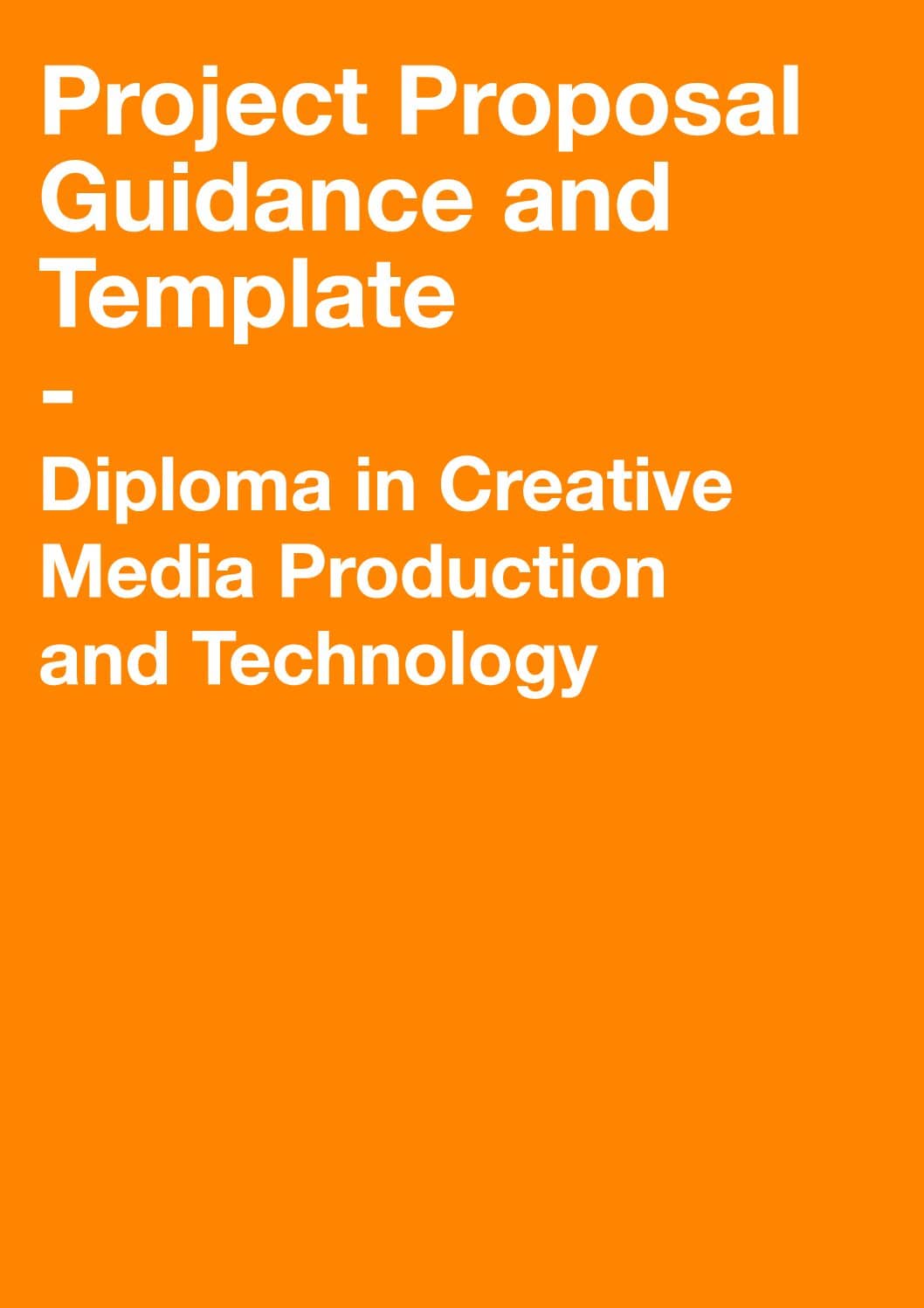
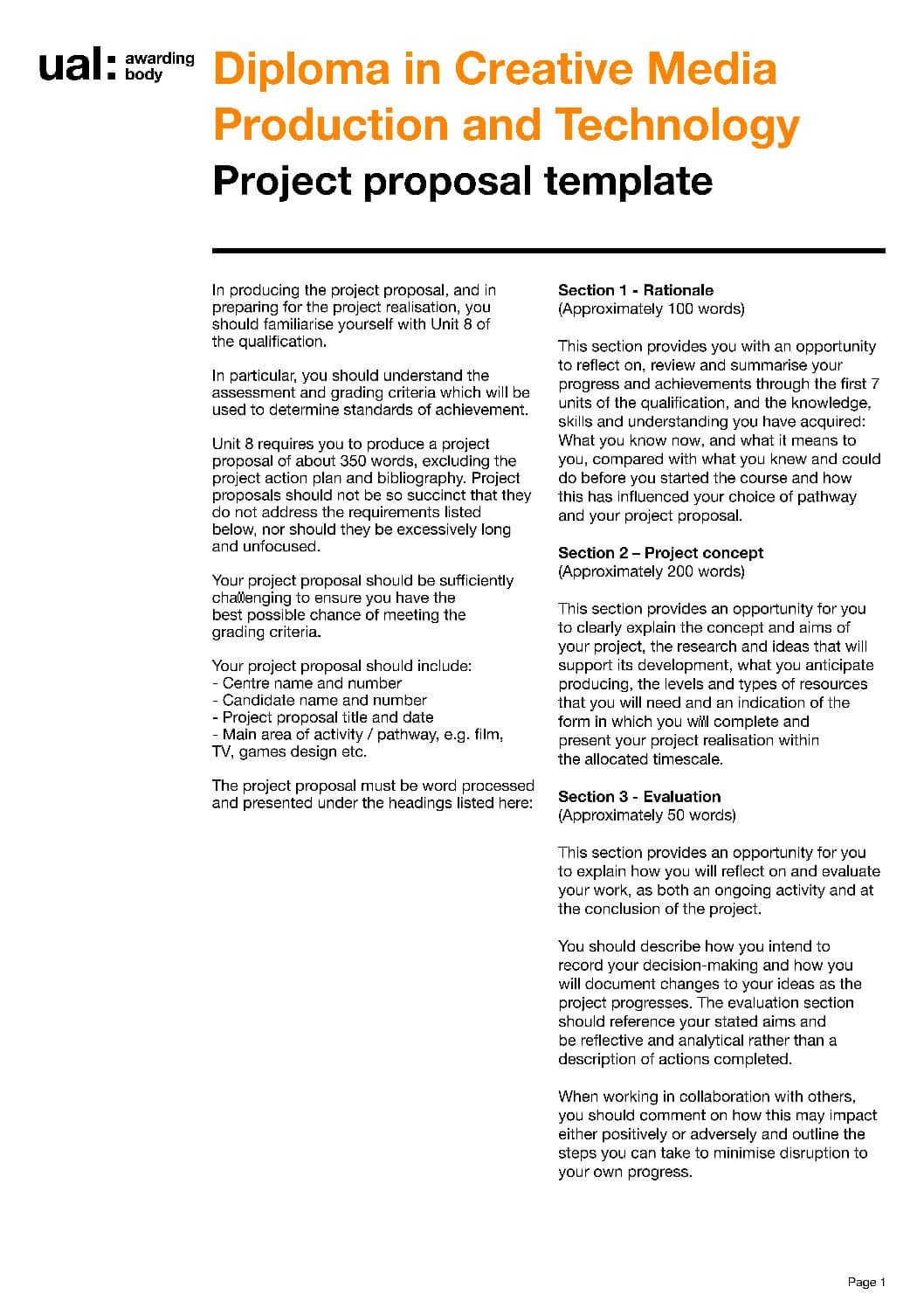
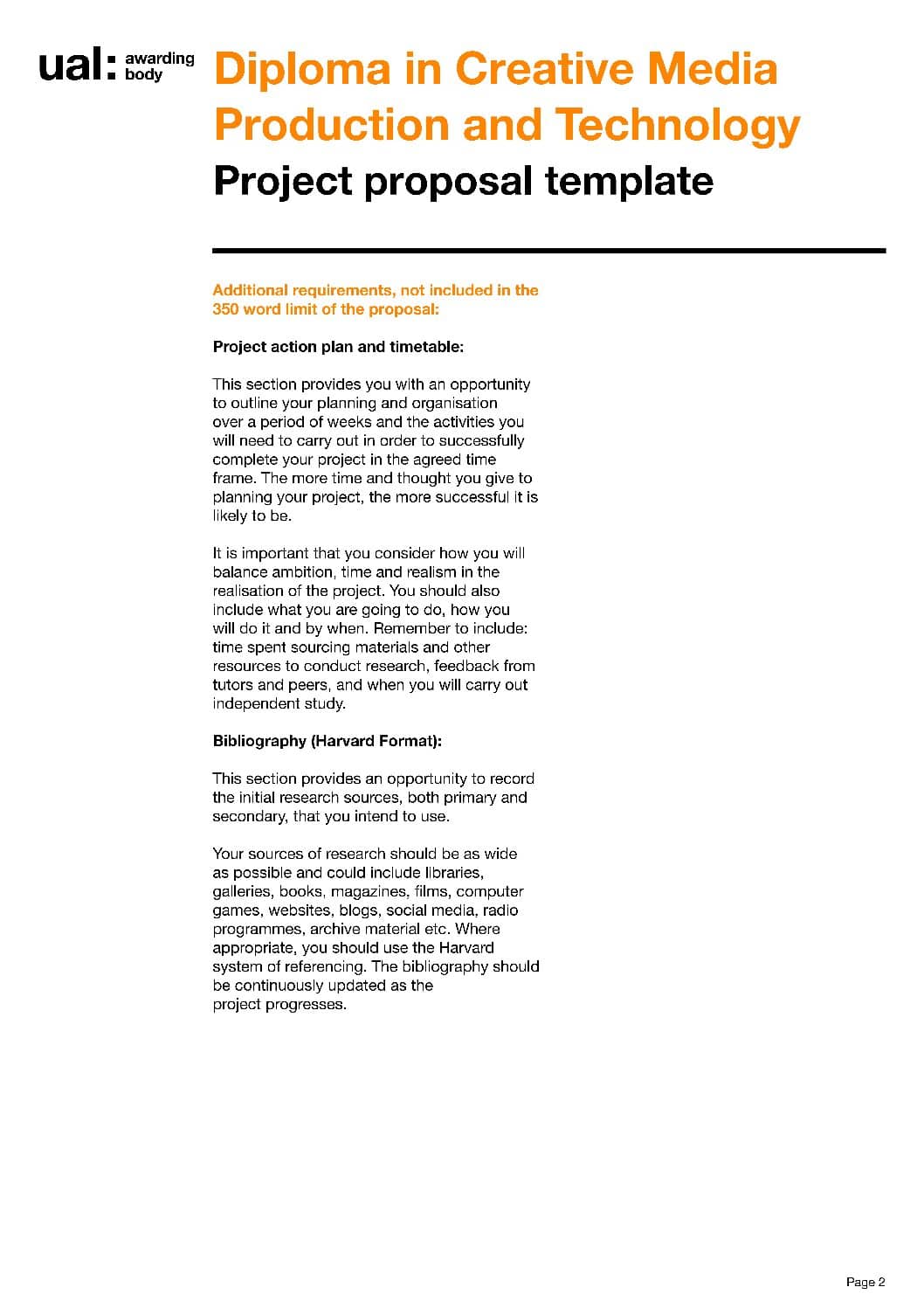
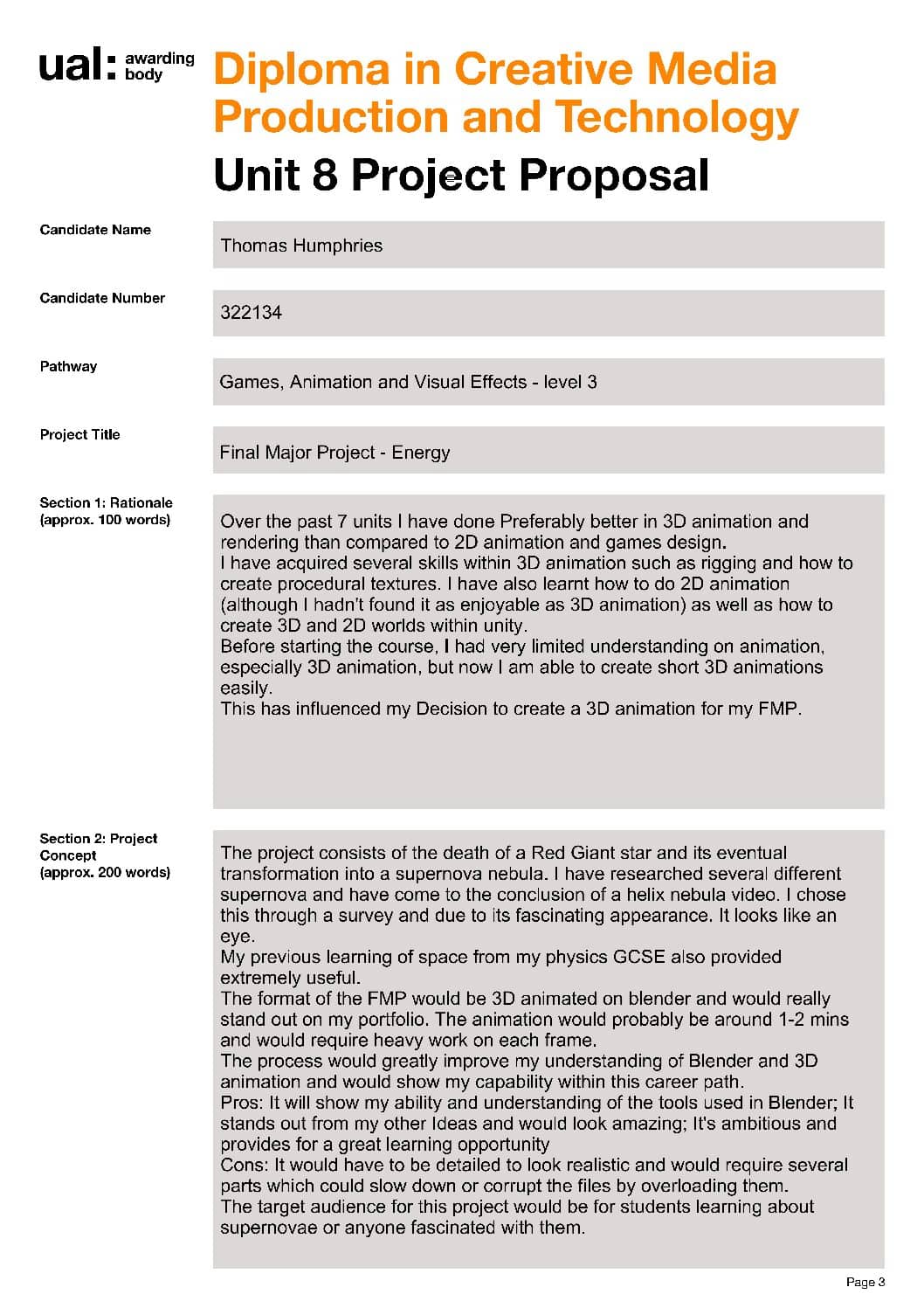
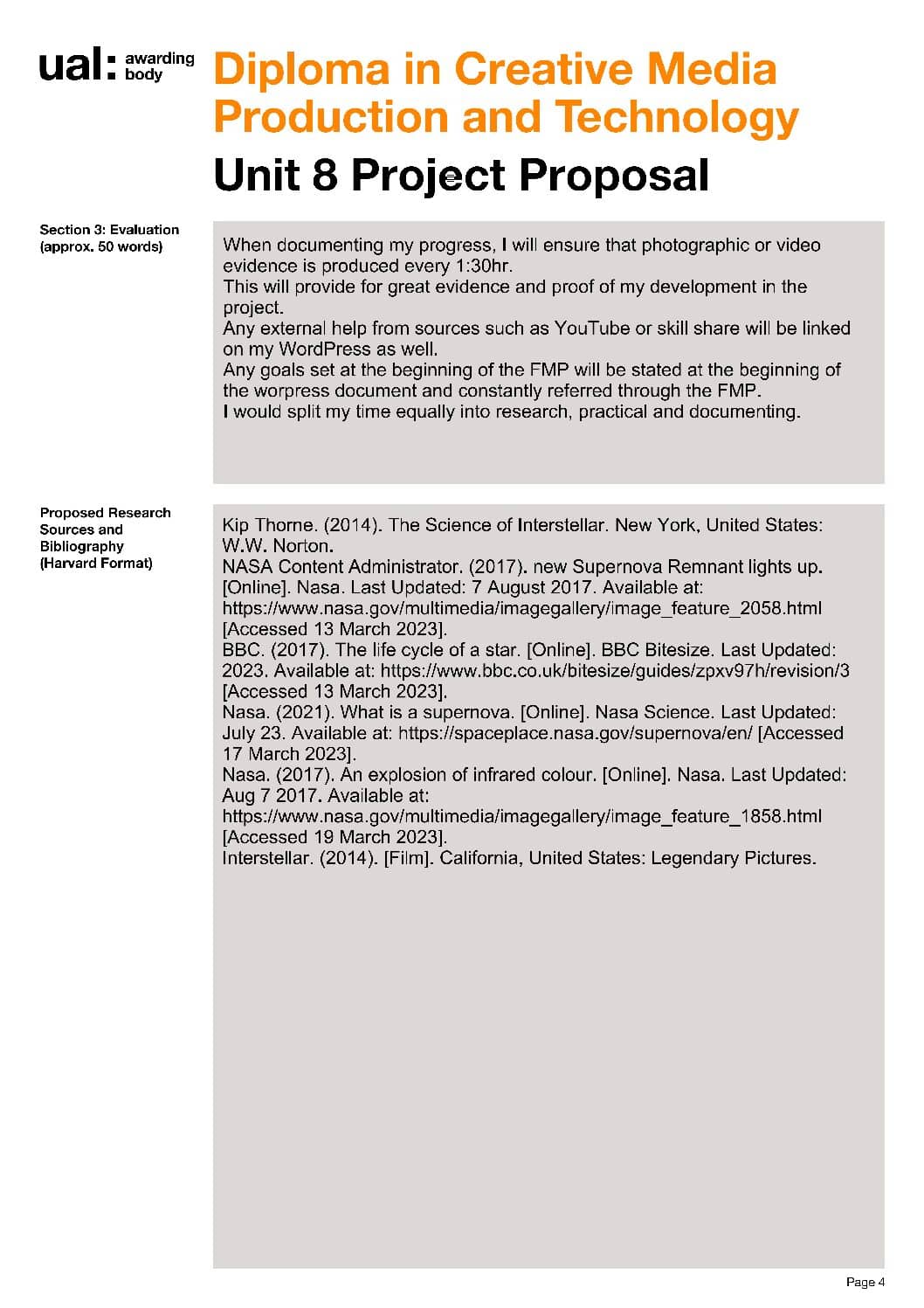
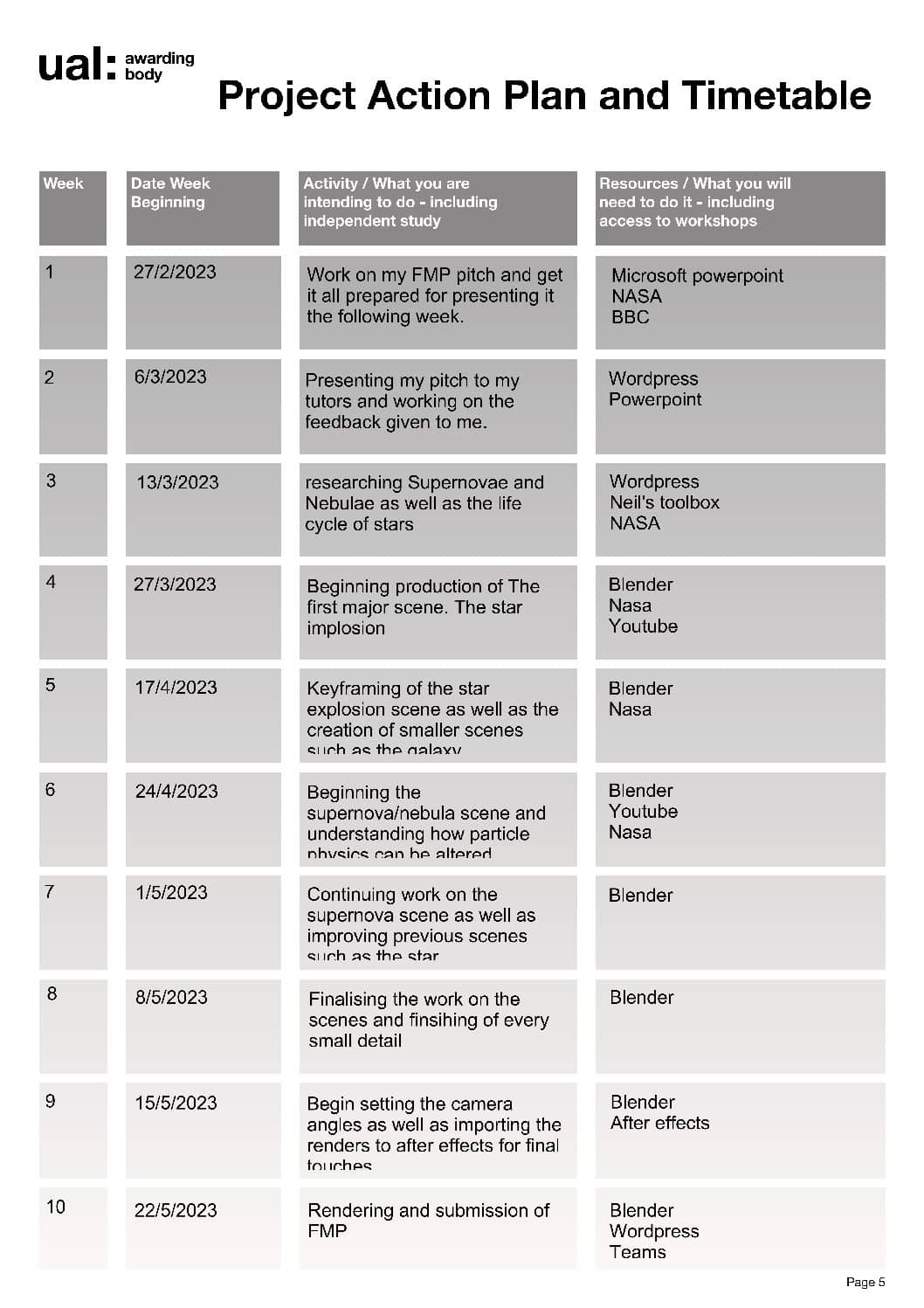
Previous
Next
Furthermore, we were given the Grading matrix to assess our work against what is expected. Below is the matrix.
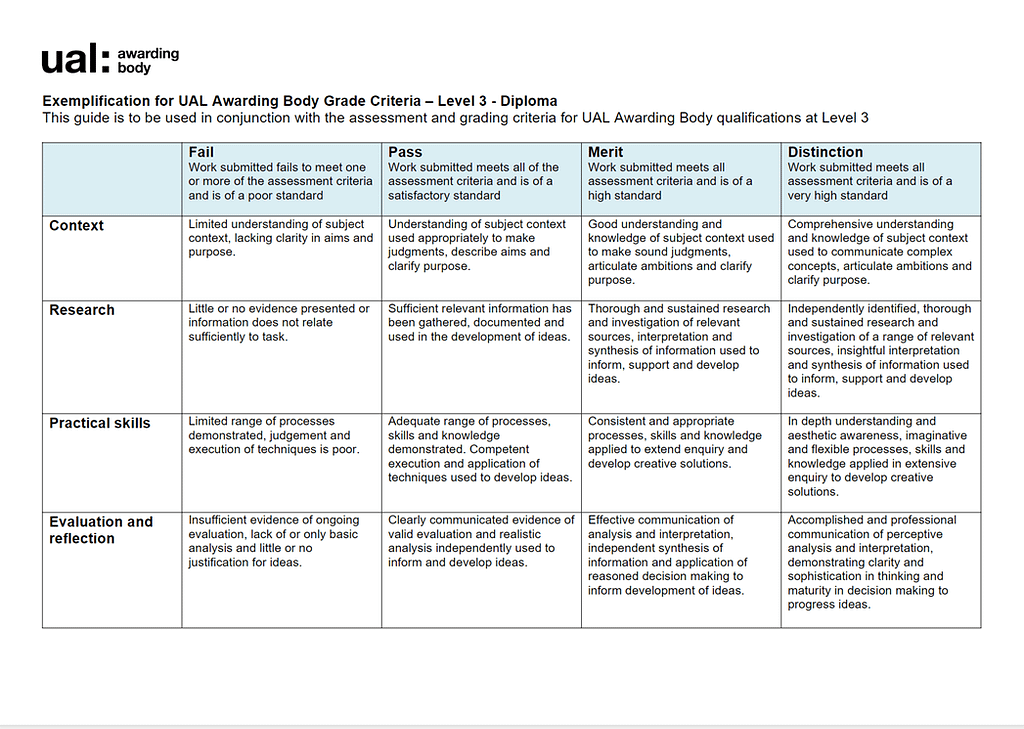
I was given feedback on my pitch and how to improve it. Below is the feedback given to me from my tutors: Please add a link to Word Press on front page. Consider the audience, USP. Animations should be set around 3 mins minimum HD 1080P.
After being given the feedback, I ensured that My animation will be 3 minutes long in 1080p. I also ensured that I explained what my USP is as well as the audience. For example. For the supernova, The audience would be students learning about space or those fascinated about supernovas and cellestial bodies.
The Research
When pitching my idea, I had already done some research to understand how the animation would work. After I was given the go-ahead I decided to increase my research on supernovae and nebula as well as their formation on a detailed scale. I chose to use both primary and secondary research to construct the animation. The primary research would be used mainly as structure for the basis of the animation and user preferences. The secondary research would be scientific research on the formation of nebulas and supernovas to ensure my animation is as close to reality as possible.
Primary research
For the primary research, I set about finding out what people thought about the concept and so I circulated a survey to establish which planetary nebula/supernova people find the most interesting. I chose 4 different nebulae which appeared on the Nasa website which interested me the most. I chose: The Helix Nebula as when I first saw it I noticed a strong resemblance to an eye; Crab Nebula due to its wild and dramatic patterns; Cat-eye nebula because of its bright colours and fascinating force it has on the particles causing a spiral; Boomerang nebula due to its configuration, it looked as though it exploded outwards but the particles went perpendicular to the explosion. I also gave people the option to choose their own as I felt that maybe people might know of other Supernovas/nebulas that I hadn’t considered already. I also used the questionnaire to figure out which style would suit best for the animation, whether it be animated or realistic. Finally, I wanted to establish the length of the animation which people would prefer. I left this as an open ended question but with a minimum of 2 minutes as a response. I would use these results to determine the detail and structure of the animation.
Over 24 hours I had amassed 11 responses. My results came back with people favouring a realistic animation around 3 minutes long with either the crab or helix nebula. As the results where evenly tied on the nebulae, I used a random number generator to get an unbiased choice on which nebula I would use. After the random number generator, I ended up with a realistic animation of the helix nebula and its supernova explosion around 3 minutes long.
Secondary research
Supernovas have always fascinated me yet the likelihood is that I will never experience one. The last known observable supernova was Kepler’s supernova in 16041. The next likely supernova explosion in the Milky-way galaxy would be Betelgeuse which is expected to go supernova soon. However soon in astronomical terms could mean anywhere between tomorrow to 1 million years in the future. They’re millions of times the mass of the earth and yet they collapse in only a few seconds. Upon discovering this, I knew my animation would be fairly intense but still adhering to my 3 minute marker.

I also researched several nebulas as well as stars. many of which were fascinating and beautiful and gave me a further insight of the beauty of space. below are just some of the nebulas I researched into and came across.
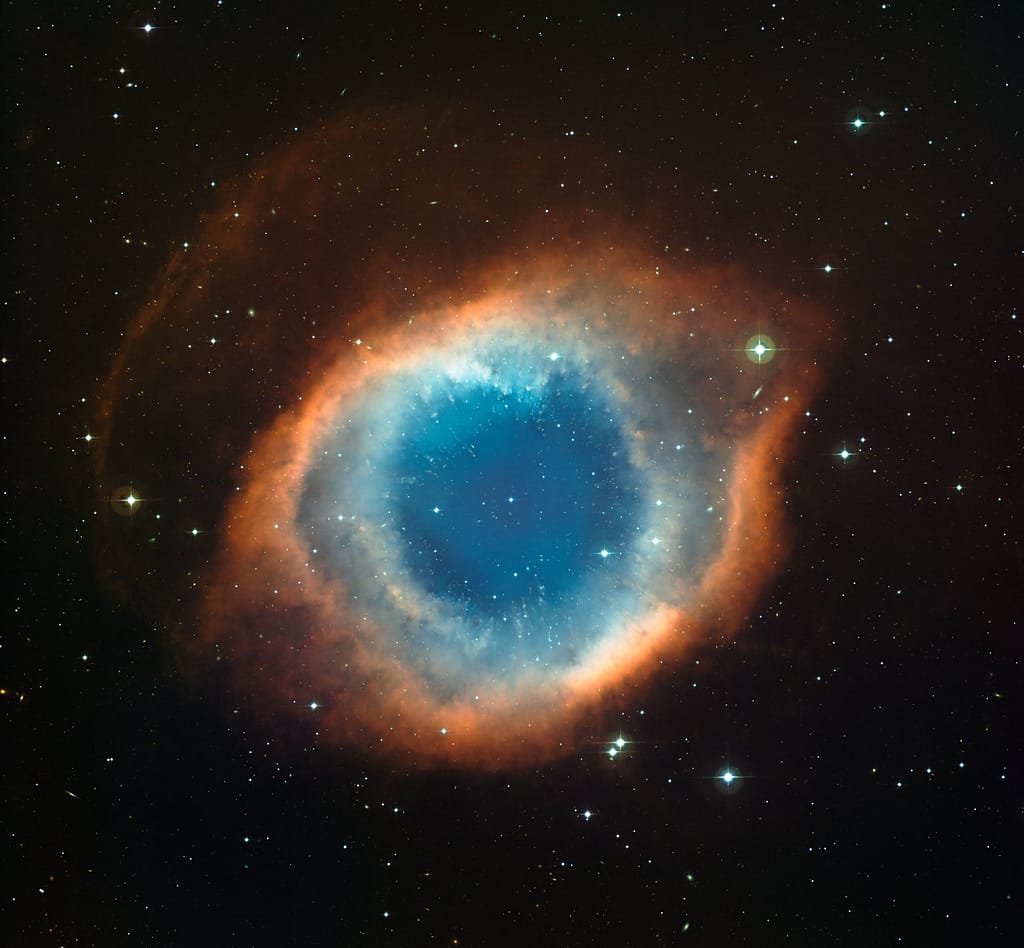
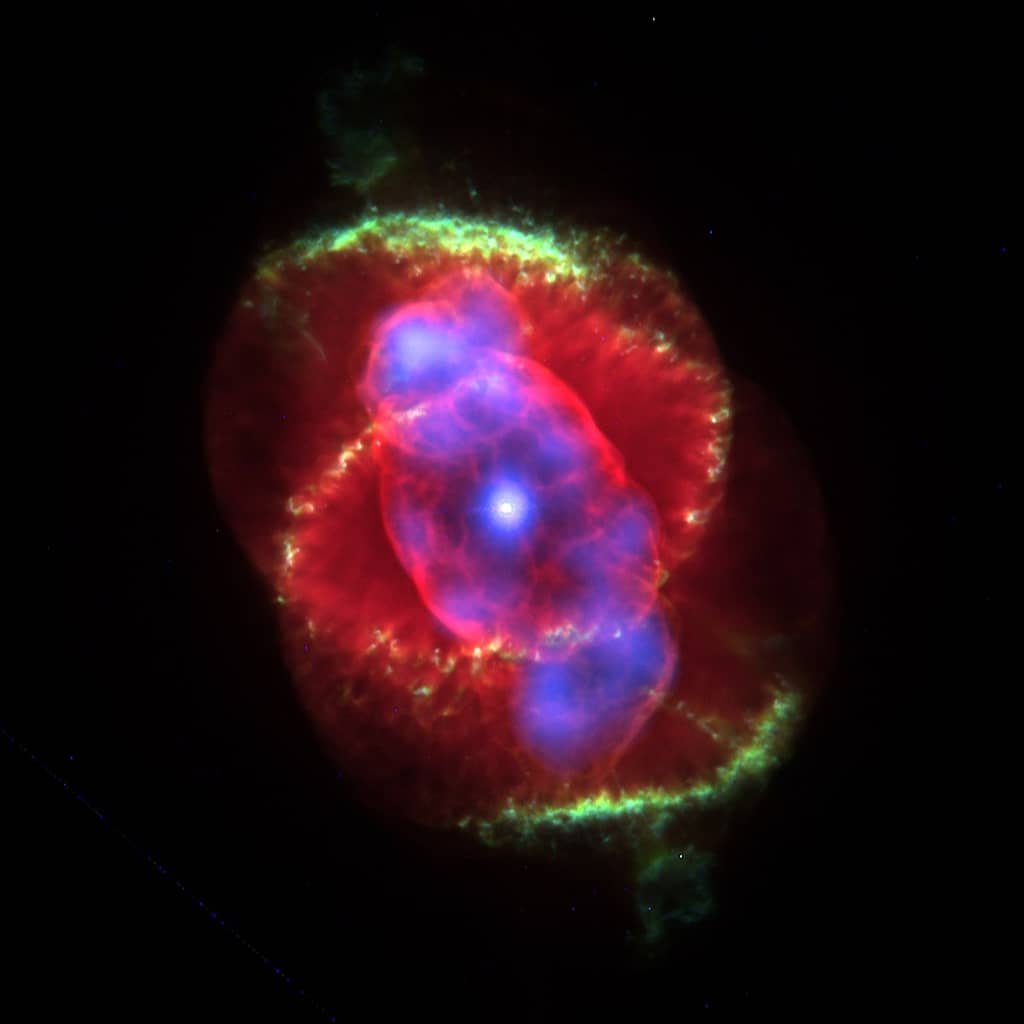

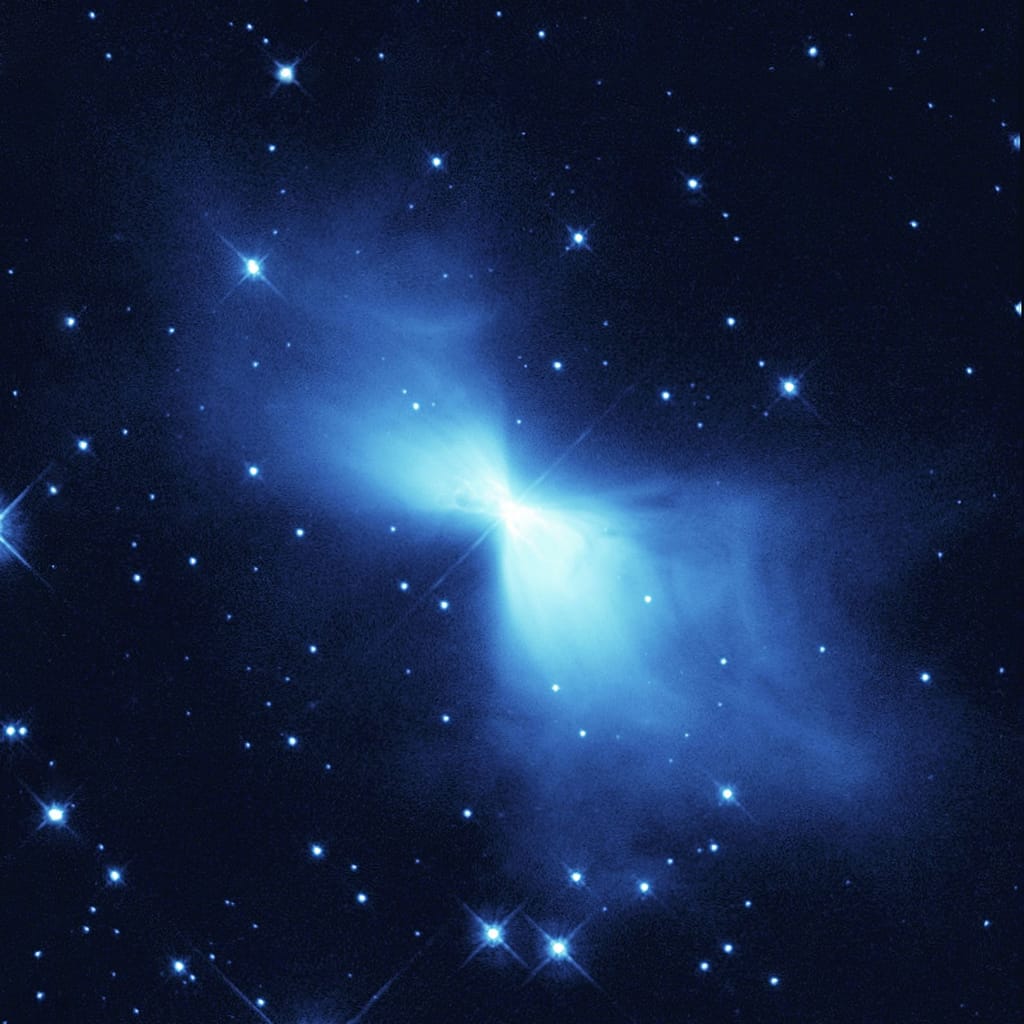
These nebulas are a result of a supernova explosion and are thus called planetary nebula. To the naked eye, however, some of these colours are not visible as they are outside of our visual spectrum i.e. infrared4. It is only until that we computer enhance the data from the telescopes such as the Hubble and James Webb that we are truly able to see each feature of the supernova itself.
For further secondary research, I read through a book created by the physicist behind the movie ‘Interstellar’. It explains how the gravitational pull works and how black holes bend light and cause for confusing visuals. It explains time warps on heavier bodies such as being closer to black holes. It also explains the aurora borealis and how the protons interact with the light and create wonderful spectacles2.
I also went through Nasa’s website to find explanations of Supernovas and how they form. Scientists state that;
A supernova is the biggest explosion that humans have ever seen. Each blast is the extremely bright, super-powerful explosion of a star.3
Going into further research I also found out as to why supernovas have such vibrant colours. The reasoning to this is due to the different elements within them as well as the speed of which the particles collide. This means that depending on how fast I intend to make the explosion, the colours will be different as to both give the realistic and true form to real life.4
For example: Red shows the presence of oxygen whereas blue shows the presence of high and intense heat and energy.
Going back to Interstellar, From what I gained an understanding of is sound moving slower than light. Because of this I understood that once I would begin with the camera angles. When my star would eventually explode, The camera shake wouldn’t occur until some time afterwards. This is because sound requires particles to move and due to space being a naturally occurring vacuum it would take time before the shockwave would reach the camera5.
Whilst gathering information. I found the following animation from ESA Hubble showing the explosion and formation of the crab nebula. This provided key inspiration in my animation and will prove useful.
1.Wikipedia. (2023). Kepler’s Supernova. [Online]. Wikipedia. Last Updated: 14 May 2023. Available at: https://en.wikipedia.org/wiki/Kepler%27s_Supernova [Accessed 10 May 2023].
2.Kip Thorne. (2014). The Science of Interstellar. New York, United States: W.W. Norton.
3.Nasa. (2021). What is a supernova. [Online]. Nasa Science. Last Updated: July 23. Available at: https://spaceplace.nasa.gov/supernova/en/ [Accessed 17 March 2023].
4.Nasa. (2017). An explosion of infrared colour. [Online]. Nasa. Last Updated: Aug 7 2017. Available at: https://www.nasa.gov/multimedia/imagegallery/image_feature_1858.html [Accessed 19 March 2023].
5.Interstellar. (2014). [Film]. California, United States: Legendary Pictures.
6.ESA Hubble. (2005). Crab Supernova Explosion. [Online]. ESA Hubble. Last Updated: 1 December 2005. Available at: https://esahubble.org/videos/heic0515a/ [Accessed 13 May 2023].


